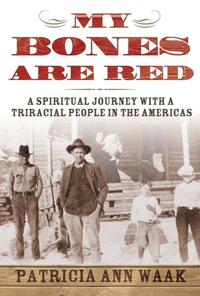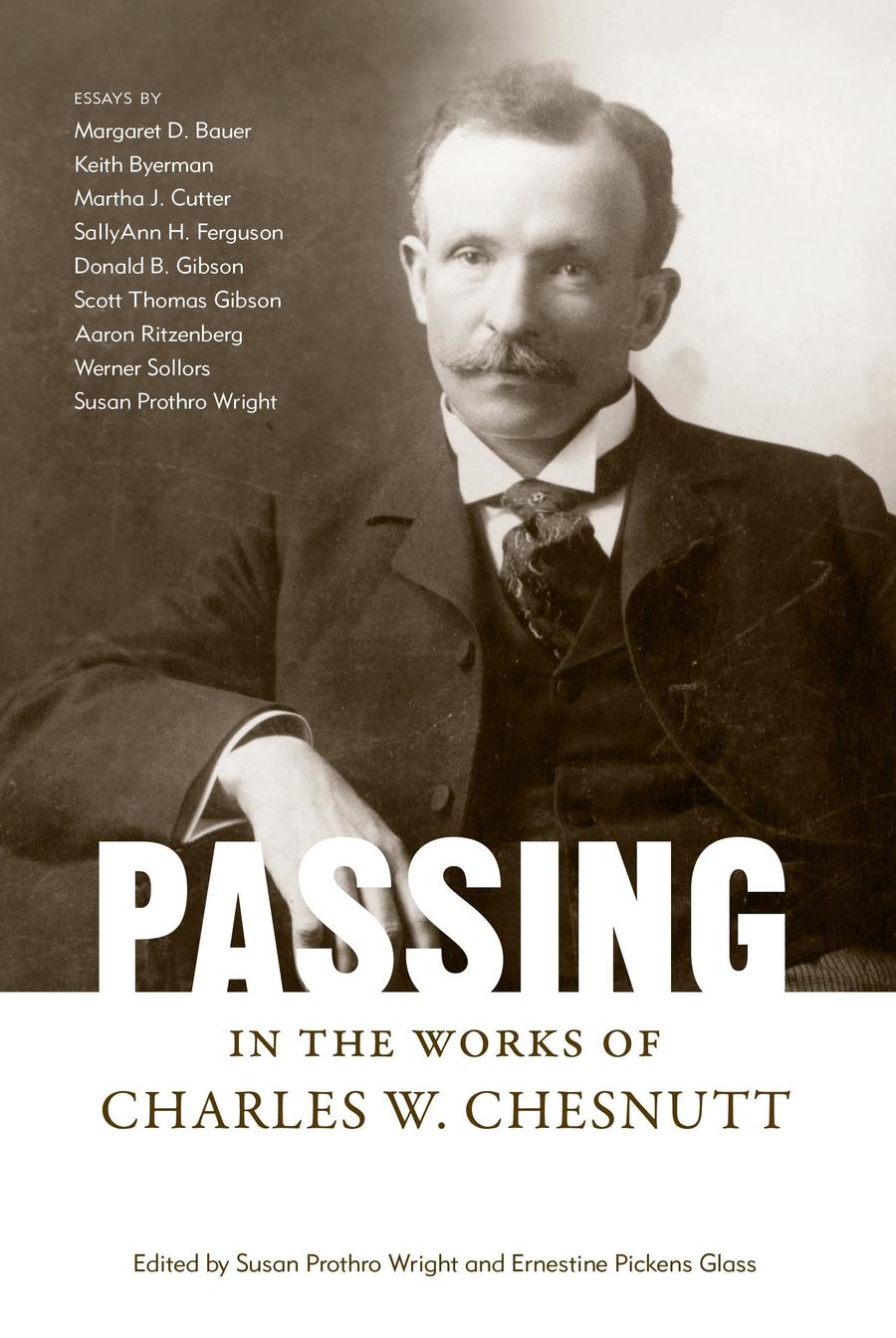Natasha Trethewey Reads at ECUPosted in Articles, Arts, Interviews, Media Archive, United States, Women on 2010-02-20 02:27Z by Steven |
Natasha Trethewey Reads at ECU
The Common Reader
Newsletter of the ECU Department of English
Eastern Carolina University
Volume 26, Number 6: May 2008
Lisa DeVries
On April 2, Natasha Trethewey visited East Carolina University for a public reading and book signing organized by fellow poet and friend John Hoppenthaler. She won the Pulitizer Prize for her 2006 book of poetry, Native Guard (Houghton Mifflin), the third African American woman to win the award, following in the tradition of Gwendolyn Brooks and Rita Dove. Trethewey is also a professor of poetry at Emory University and holds the Phyllis Wheatley Distinguished Chair. She Has received fellowships from the Guggenheim Foundation, the Rockefeller Foundation, the Bunting Fellowship Program of the Radcliffe Institute for Advanced Study at Harvard University, and the National Endowment for the Arts. Her previous works include Domestic Work (Graywolf Press, 2000) and Bellocq’s Ophelia (Graywolf Press, 2002). Her most recent work deals with telling the untold stories of history, identity politics, racism, and miscegenation. She claims that she writes only what she is given, “a violent history and the terrible beauty of my South, my Mississippi.” [Interview and photos by Lisa DeVries.]
Read the entire interview here.


